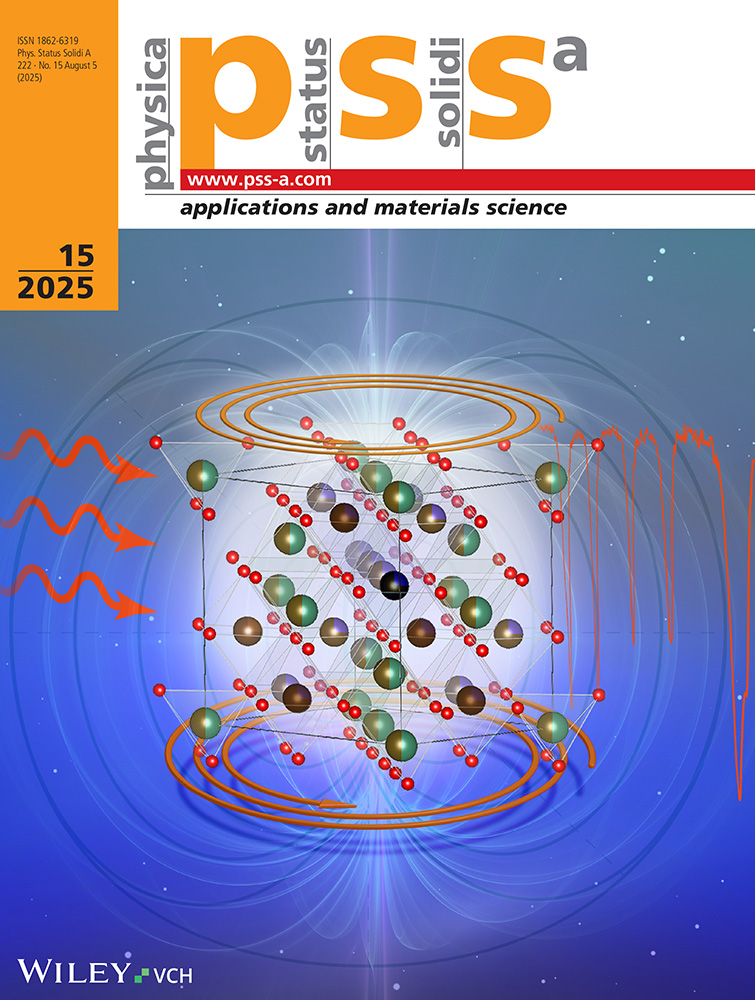On the Determination of Deep Level Concentration Profiles by DLTS Measurements†
Dedicated to Prof. Dr. Dr. h. c. Dr. E. h. P. Görlich on the occasion of his 80th birthday
Invalidenstr. 110, DDR-1040 Berlin, GDR.
Rudower Chaussee 6, DDR-1199 Berlin, GDR.
Abstract
enThe precise evaluation of DLTS data for the determination of depth profiles of deep impurity levels requires a detailed consideration of the carrier capture kinetics by deep traps. In the case of low concentration of deep centres compared to shallow impurity concentration this paper gives a clear derivation of simple analytical approximations which allow an improved interpretation of DDLTS raw data and an estimation of the achievable depth resolution. Some examples of the DDLTS profiling of defects caused by ion implantation of double charged helium ions into Si using Schottky structures are represented to demonstrate the advantages of the method.
Abstract
deDie präzise Auswertung von DLTS-Daten zur Profilbestimmung tiefer Störstellen erfordert eine detaillierte Betrachtung der Kinetik des Ladungsträgereinfangs durch tiefe Zentren. Für den Fall niedriger Konzentrationen tiefer Störstellen im Vergleich mit der der flachen Störstellen gibt diese Arbeit eine genaue Ableitung einfacher analytischer Näherungen an, die eine verbesserte Interpretation von DDLTS-Meßdaten und eine Berechnung der erreichbaren Tiefenauflösung erlauben. Einige Beispiele der DDLTS-Tiefenprofilbestimmung von Defekten, die durch Ionenimplantation von doppelt geladenen Heliumionen in Si erzeugt und unter Verwendung von Schottkystrukturen ermittelt wurden, werden dargestellt, um die Vorteile der Methode zu demonstrieren.




